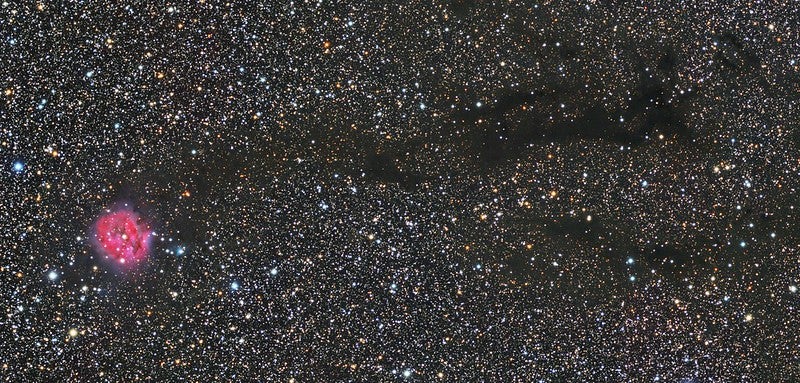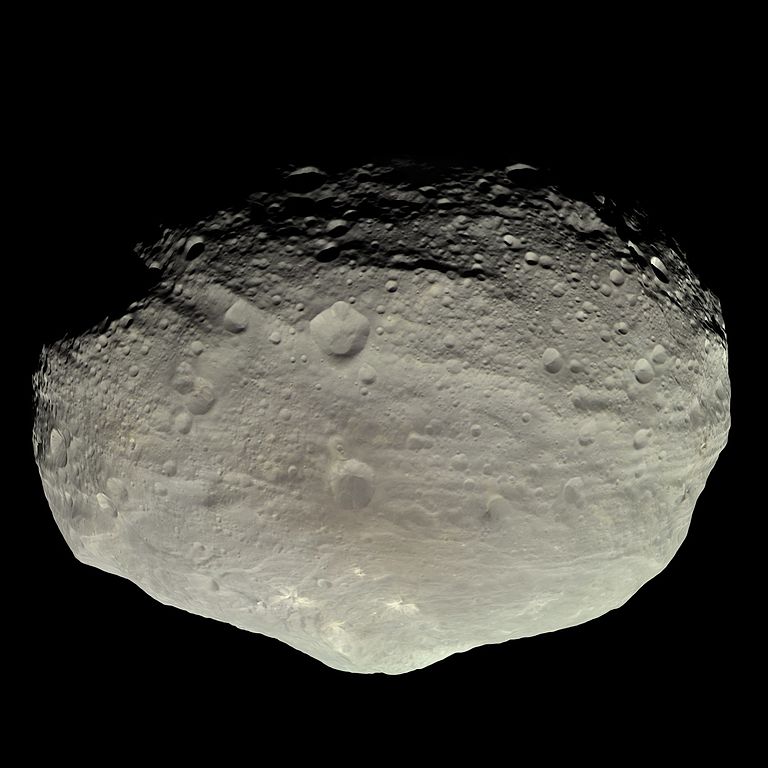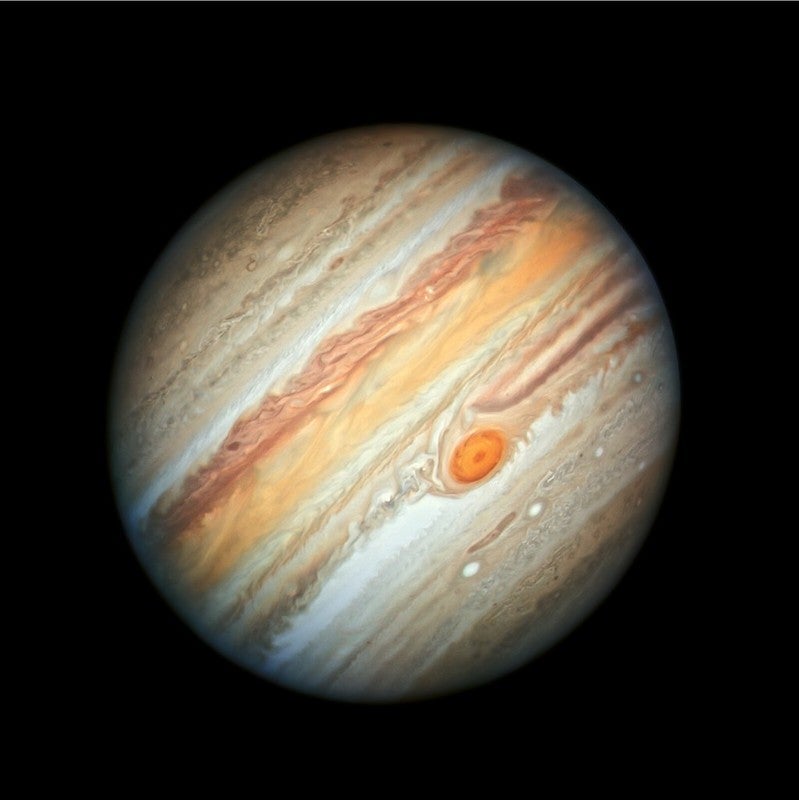
Friday, October 27
Take some time to watch the famous star Arcturus setting in the western sky early this evening. Depending on your location, the bright, orange-hued giant will be low in the west an hour after sunset, perhaps some 10° high.
Magnitude –0.1 Arcturus is the alpha star in the constellation Boötes the Herdsman. It anchors the base of the long end of its kite-shaped star pattern. This circumpolar constellation lies near Ursa Major and its famous asterism, the Big Dipper. In fact, there’s a common saying that you can “arc to Arcturus” from the Big Dipper’s handle, starting at the bowl and ending at the tip, and then following the curve some ways to the next bright star.
How low Arcturus swings in the sky — and whether it truly sets at all — will depend on your latitude. The farther north you are, the less likely it is to set. From our “standard” location of 40° north, the star sets about two hours after sunset tonight and swings beneath the horizon to rise early tomorrow morning a little less than two hours before the Sun rises again.
Sunrise: 7:24 A.M.
Sunset: 6:04 P.M.
Moonrise: 5:31 P.M.
Moonset: 5:51 A.M.
Moon Phase: Waxing gibbous (98%)
*Times for sunrise, sunset, moonrise, and moonset are given in local time from 40° N 90° W. The Moon’s illumination is given at 12 P.M. local time from the same location.

Saturday, October 28
Full Moon occurs at 4:24 P.M. EDT. The October Full Moon is also called the Hunter’s Moon. Thanks to the timing, the Moon should appear Full as it rises above the eastern horizon opposite the sunset throughout the U.S.
With this Full Moon comes a partial lunar eclipse. Remember that annular solar eclipse earlier this month? Solar eclipses always pair with lunar eclipses, so now it’s the Moon’s turn. This eclipse is only partial because the Moon will largely pass through just the penumbra — the outer, lighter portion of Earth’s shadow. Only a tiny bit of the Moon will pierce the darker, inner shadow, called the umbra. Partial lunar eclipses are more subtle than dramatic. You may see a portion of the Moon take on a dusky appearance as it skims through Earth’s shadow.
Related: The best telescopes for beginners 🔭
For observers in the Americas, only those in eastern North and South America will catch the event; most of it occurs over Europe, Africa, Asia, and Australia, where skywatchers will get a much better show. The eclipse begins at 2:01 P.M. EDT, before the Moon has risen anywhere in the U.S., and ends at 6:26 P.M. EDT. Maximum eclipse occurs at 4:14 P.M. EDT. Observers along the northeastern coast of the U.S., from about Myrtle Beach northward, will be able to see the final partial phases of the penumbral eclipse as the Moon is rising.
Whether eclipsed or not, the rising Full Moon will nonetheless provide a stunning sight as it dominates the eastern sky with its bright light.
Sunrise: 7:25 A.M.
Sunset: 6:03 P.M.
Moonrise: 5:57 P.M.
Moonset: 7:06 A.M.
Moon Phase: Full
Sunday, October 29
The bright Moon passes two planets in the sky as it makes its way through Aries today. Luna sits 3° north of Jupiter at 4 A.M. EDT, visible in the west in the early-morning sky. By evening, the Moon will sit 3° north of Uranus at 10 P.M. EDT, then visible above the eastern horizon.
Let’s start with the first event early in the morning, when the Moon will lie just to bright Jupiter’s upper right above the western horizon. At magnitude –2.9, Jupiter is the brightest point of light in Aries, a dim, sparse constellation. Zoom in on the gas giant with a telescope, and you’ll see that all four of its Galilean moons lie to its west this morning. Farthest out is Ganymede. Depending on when you look, the remaining three moons will change configuration. Early in the morning, Callisto lies closest to Jupiter’s southwest, while Io is slightly farther out and Europa even farther west of Io. Over the coming hours, Io and Callisto will move west in tandem, while Europa is moving east. Around 6:40 A.M. EDT, Europa passes directly north of Io and continues to close in on the planet. Some two hours later, Europa passes directly north of Callisto (far to its south); this event is visible only to those in the western U.S., where it is still dark.
By evening, the Moon has moved into eastern Aries and stands with Uranus near the Ram’s border with Taurus the Bull. Uranus, at magnitude 5.7, is best seen with binoculars or a telescope. Look just south of the Moon for a small, “flat” star with a grayish appearance. The planet’s tiny disk is just 4″ across. A few of Aries’ brighter stars — 4th-magnitude Delta (δ) Arietis and 5th-magnitude Zeta (ζ) and Tau (τ) Arietis — also lie nearby, forming a slight arch just above (northwest of) the Moon.
Sunrise: 7:26 A.M.
Sunset: 6:01 P.M.
Moonrise: 8:28 P.M.
Moonset: 8:21 A.M.
Moon Phase: Waning gibbous (99%)
Monday, October 30
Comet C/2023 H2 (Lemmon) is magnitude 9 and brightening still as it prepares to pass closest to Earth next month. Tonight, the comet flies within 1° of 2nd-magnitude Alkaid, the star at the very end of the Big Dipper’s handle.
There’s a short dark window for to catch the pair after sunset but before the Moon rises. Wait about an hour after sunset, then locate the Big Dipper and point binoculars or a telescope at the last star in its handle. Comet Lemmon lies just a tad less than 1° to the star’s northeast early in the evening and is traveling nearly due east, pulling away from the star over time. It should appear as a soft, fuzzy ball of light compared with the bright pinprick of the nearby star.
Depending on your latitude, you may be able to catch the star and comet all night long, watching it swing low into the sky and begin rising again in the early-morning hours of the 31st. Unfortunately, the bright gibbous Moon will throw its light across the sky and make the faint, fuzzy comet that much harder to spot. Still, with such an easy-to-find signpost to locate Lemmon in the sky, it’s certainly worth giving it a try!
Sunrise: 7:27 A.M.
Sunset: 6:00 P.M.
Moonrise: 7:05 P.M.
Moonset: 9:36 A.M.
Moon Phase: Waning gibbous (96%)
Tuesday, October 31
What can make stars in the sky simply disappear? Dark nebulae! These cold clouds of dust and gas absorb and block the light of stars behind them, appearing to blot out the background and almost looking like gashes, gouges, or holes in the sky.
This Halloween night, let’s hunt down a large, famous dark nebula: Barnard 168, sometimes called the Dark Cigar. It’s located in Cygnus near the Cocoon Nebula (IC 5146). This 12′-wide nebula glows at magnitude 7.2 and is located about 12.5° east-northeast of the constellation’s brilliant alpha star, Deneb. You’ll find this star high in the northern sky an hour after sunset, far above the upside-down Little Dipper, the end of whose handle is marked by the North Star, Polaris.
Once you’ve found the Cocoon with binoculars or a small scope, look just to its west and you’ll see what appears to be a long, dark “tear” in the sky where no stars are visible. This is the Dark Cigar nebula, where cold dust blocks the stars beyond. Some observers even imagine the Cocoon as the head of a comet, with the dark nebula stretching out as its tail.
Sunrise: 7:28 A.M.
Sunset: 5:59 P.M.
Moonrise: 7:48 P.M.
Moonset: 10:47 A.M.
Moon Phase: Waning gibbous (90%)

Wednesday, November 1
Asteroid 4 Vesta is stationary at midnight EDT. This 8th-magnitude main-belt asteroid should be a ready target in either binoculars or any telescope, located amid the feet of Gemini the Twins.
This is also where the waning gibbous Moon sits tonight. Luna is located some 9° north-northwest of Vesta. For a closer landmark, Vesta lies just over 1° southeast of 4th-magnitude Nu (ν) Geminorum.
Rising to Gemini’s southwest (right on the sky) is the mighty hunter Orion, whose three-star belt is one of the most recognizable star patterns in the sky. In some depictions, Orion is pointing a curved bow upward at the V-shaped face of Taurus the Bull, whose red-hued eye is marked by the bright star Aldebaran. Above that is the Pleiades open cluster, a gaggle of bright stars readily visible to the naked eye. Some observers think the Pleiades looks like a miniature Little Dipper, depending on how many stars they can see and how clearly they appear.
Sunrise: 7:29 A.M.
Sunset: 5:58 P.M.
Moonrise: 8:39 P.M.
Moonset: 11:52 A.M.
Moon Phase: Waning gibbous (83%)
Thursday, November 2
Saturn’s brightest moon, Titan, passes south of the planet late this evening and into the early-morning hours of the 3rd, as the planet is setting. You can catch the ringed planet in the south a few hours after sunset, glowing at magnitude 0.7 in Aquarius. The nearest bright star is 3rd-magnitude Deneb Algedi in Capricornus, about 6.5° to Saturn’s southwest.
Through a telescope, the planet’s rings look magnificent. They are tilted about 10.5° with respect to our line of sight and stretch roughly 40″ across. Several small, faint moons cluster around the planet. Most readily visible are three 10th-magnitude moons: Dione to Saturn’s northeast, Tethys to the northwest, and Rhea farther west.
Enceladus, around magnitude 11.7, comes out of the planet’s shadow to Saturn’s east around 9:30 P.M. EDT. It might be visible in larger scopes or, more likely, in photos or high-speed video, as its proximity to the bright rings will make it difficult to visually detect.
Eighth-magnitude Titan, the star of the saturnian show, lies southeast of the planet in the evening. It is slowly moving west to pass south of the gas giant around 3 A.M. EDT on the 3rd. At this time, Saturn will have set for the eastern half of the U.S., but those in western time zones may be able to catch the large moon at a point due south of the planet before the world sinks below the western horizon.
Sunrise: 7:30 A.M.
Sunset: 5:57 P.M.
Moonrise: 9:37 P.M.
Moonset: 12:47 P.M.
Moon Phase: Waning gibbous (75%)

Friday, November 3
Jupiter takes center stage at the end of the week as the gas giant reaches opposition at 1 A.M. EDT this morning.
Opposition is when a planet sits directly opposite the Sun in the sky from Earth, meaning our planet is directly between the Sun and that planet. It is when a planet looks best in the sky and is the ideal time to view it.
As you might recall from earlier this week, our solar system’s largest planet blazes away, dominating southern Aries in the early-morning hours as the constellation slowly sets in the west. The planet reached its opposition magnitude of –2.9 not long ago — this is the brightest it will get this year, and it far outshines any of Aries’ stars. Through a telescope, the planet’s disk spans 49″.
You’ll notice that, starting just after 5:30 A.M. EDT, a tiny point of light and an accompanying shadow appear on the disk from the east, moving west. This is the moon Io and its shadow — at opposition, the moons and their shadows transit together, making them almost indistinguishable. The transit lasts just over two hours, ending around 6:40 A.M. CDT, after the Sun has risen and Jupiter has set in the Eastern time zone, but in twilight or darkness for the rest of the U.S. During the transit, Ganymede stands closest to Jupiter off its eastern limb, with Europa farther east. Callisto lies alone to the planet’s west.
Because of the celestial geometry of opposition, Jupiter is visible all morning until about sunrise; it will be visible again all night starting around sunset. We’ll pick it up again in the evening at the start of next week’s column for even more from the Galilean moons.
Sunrise: 7:31 A.M.
Sunset: 5:56 P.M.
Moonrise: 10:38 P.M.
Moonset: 1:33 P.M.
Moon Phase: Waning gibbous (66%)

Sky This Week is brought to you in part by Celestron.









